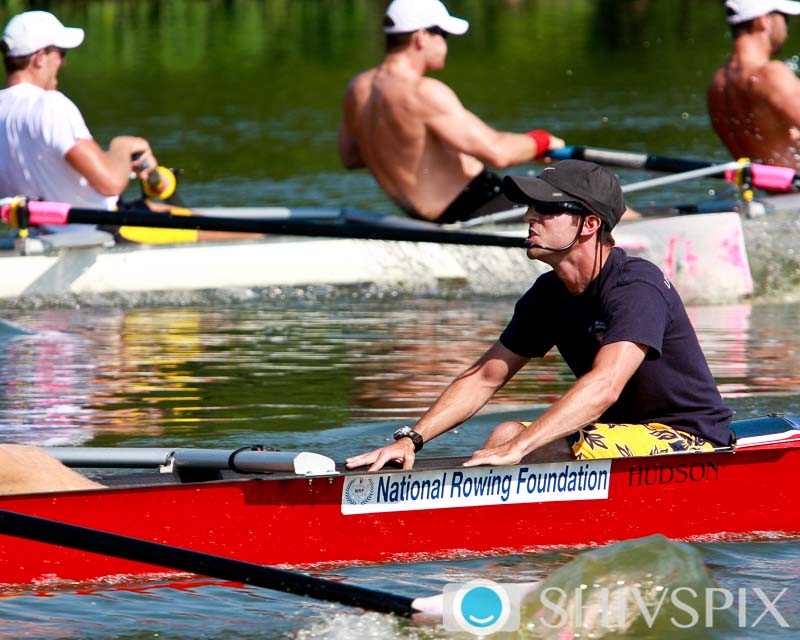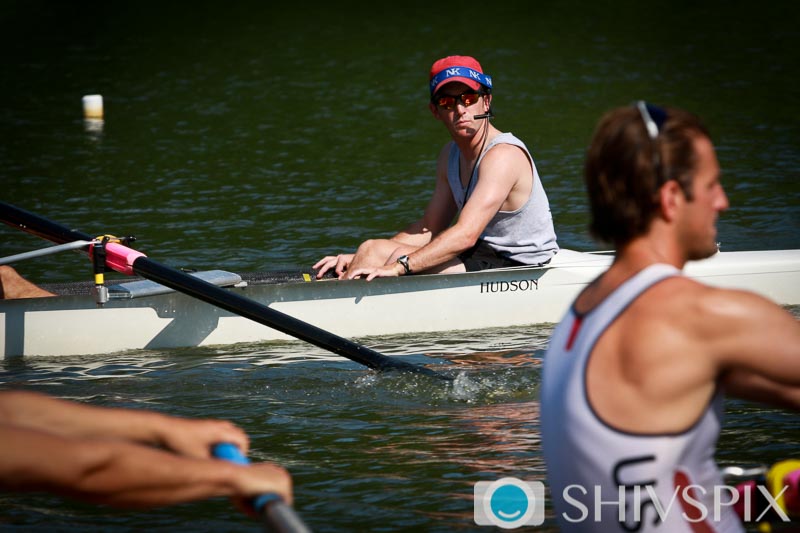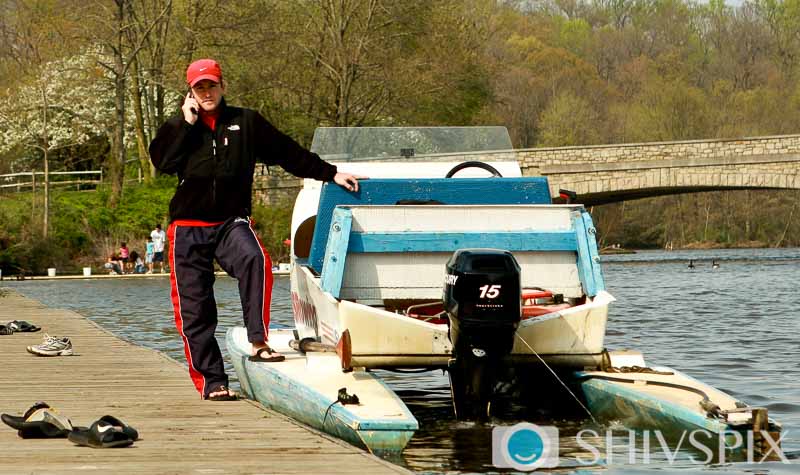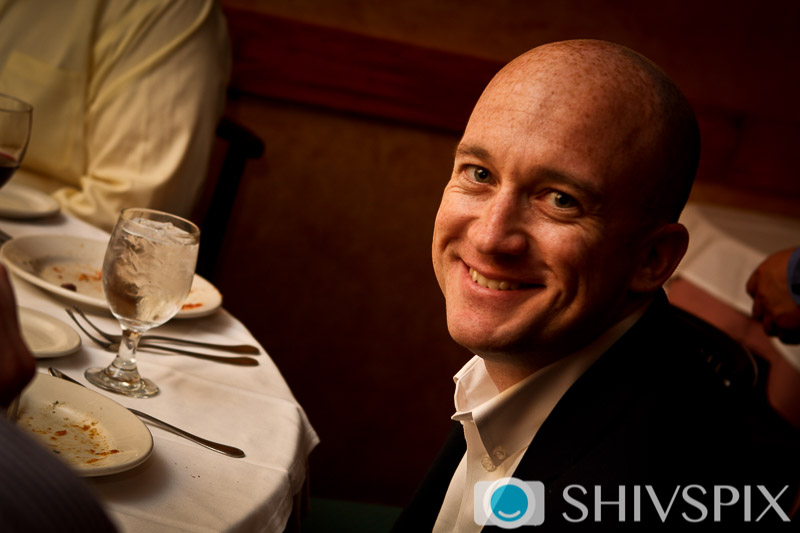
What is the process to earn a spot to compete at the Olympics?
While everybody’s journey is unique, there’s some things everyone has in common – such as which events they will need to compete in to earn their spot.
Have you ever wondered what all the steps are to go to the Olympics? While everybody’s journey is unique, there’s some things everyone has in common – such as which events they will need to compete in to earn their spot.
Here is an excerpt from the book The Longest Odds for a look at the various steps and events leading up to the Olympics.
In the fall, training focused on longer distances and building up the team’s overall fitness. In many ways, fall rowing was also a test in motivation and patience. It especially gave them a sense of perspective on what they were trying to accomplish.
It would be easy to think that being at the top of the group and winning all the time was important. But fall was just the beginning of the rowing year, and the year was long. It happened every year, time and time again, that some rowers would win at every opportunity in the fall, and not be selected for a boat the following spring. One coach would fondly label these athletes ‘Fall Heroes, Spring Zeros’.
There was no guarantee that success early in the year would translate into success later.
Winter’s arrival meant that the lake at Mercer froze over and training moved indoors. This meant switching to a combination of workouts that included lifting weights and rowing on the ergs (stationary rowing machines).
The guys had mixed feelings about winter training. A lot of them didn’t like spending a whole season on the erg. It’s the equivalent of track athletes doing all their training on a treadmill.
In a boat because you’re dealing with drag, you’re dealing with buoyancy, you’re dealing with balance, and perhaps most importantly, you’re dealing with somebody other than yourself.
On the erg, it was just you, the machine, and a little black monitor staring you in the face.
Whether guys liked the erg or not, they had to get used to it, because not only did they have to spend many weeks on that machine, they would be tested on it as well.
There were a lot of factors that went into selecting a boat in the spring, but as anyone who had been through selection knew, you were labeled by your erg test score. And when you were in selection, a good score was a really good thing to have in your hip pocket. So there was a lot of pressure to pull that good score.
Once spring arrived, there were three selection regattas.
MIKE TETI: “Most National Team athletes start rowing in college, so the whole idea for the National Selection Regatta (NSR) is to create a system similar to the college system. So, instead of going to class you have a job and your day is occupied by something other than just rowing.
Then in the spring you have a racing season in college. Unfortunately our races are the three World Cups, which are in Europe, and it’s expensive to go there. By having a selection regatta, we try to create a competitive environment where there’s a lot of risk, the same tension and something big on the line. Since we’re trying to develop small boats, we do the race in pairs. So whoever wins the pair, double, or single has the option of us paying for them to go to a World Cup race in Europe.
We started having selection regattas in 2001, but it wasn’t mandatory. But then every other rowing country in the world had a mandatory selection regatta, so we thought, ‘Okay, let’s do that too.’”
Based on the selection regatta results, the athletes from the top finishing boats would be invited to a camp, where Mike would choose the guys for the Men’s Four and Eight.
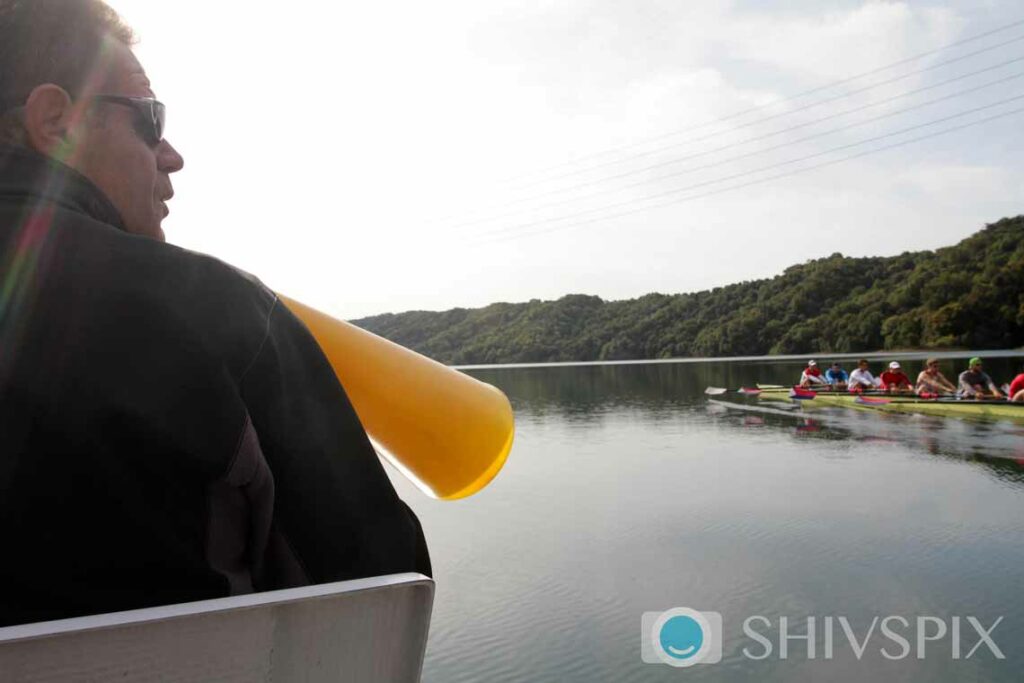
To make sure the selected boat was fast, the boat would have to race at Trials, where they would have to achieve a minimum time standard. This was an informal way to ensure they would actually be competitive and fast once they got to the World Championships in August.
The last step for the boat, and the most critical step of them all, was to qualify the boat. Teams couldn’t just show up to race at the Olympics. Their boat needed to be selected as eligible to race there. So in the year before the Olympics, the World Championships also served as a qualifier for the Olympics. Each country would have to earn its place. The top boats from the World Championships would gain automatic entry to compete at the Olympics.
In case they didn’t qualify, there was one last resort option, which was the Qualification Regatta held two months before every Olympics. The winner of that race, and only the winner, would get the last remaining invitation to race at the Olympics.

Enjoy reading this excerpt?
Get the full copy of The Longest Odds and go completely behind the scenes with the US team for the Beijing and London Olympics to get a taste of what Olympic training is really like.
To take a closer look at this year’s entries for the second US Olympic Team Trials (selection regattas), you can read more at USRowing:
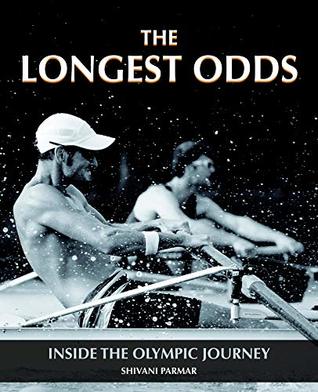
The Longest Odds
Go behind the scenes of the Olympic Journey with The Longest Odds, a photo-documentary that goes inside the Beijing and London Olympic journey of the US Olympic rowing team.
This book illustrates what you do not see on television – it’s a raw look at what athletes go through during their years-long journeys much before anything appears on television.
The Longest Odds allows us to see those highs and lows, the conflicts, joy, exhaustion, elation, fear – and most of all, the bonds of friendship being indelibly forged.
More galleries you may be interested in
Ned DelGuercio Shares Tips on Coxing a 2k
Anything that comes through your microphone should be useful information. Thinking out loud can make you a liability to your crew’s performance.
Marcus McElhenney’s Tips for When You’re Behind
Remember the rowers are listening to you and no matter what the situation you can always take a positive tone.
Losing weight as a coxswain
Team USA coxswain Pete Cipollone shares his thoughts on losing weight as a coxswain

